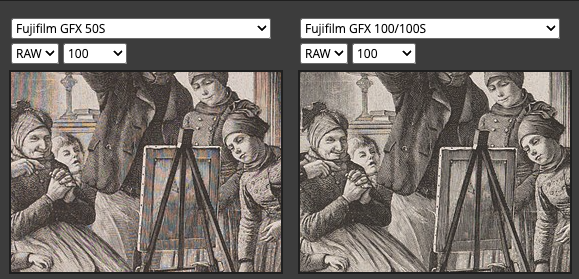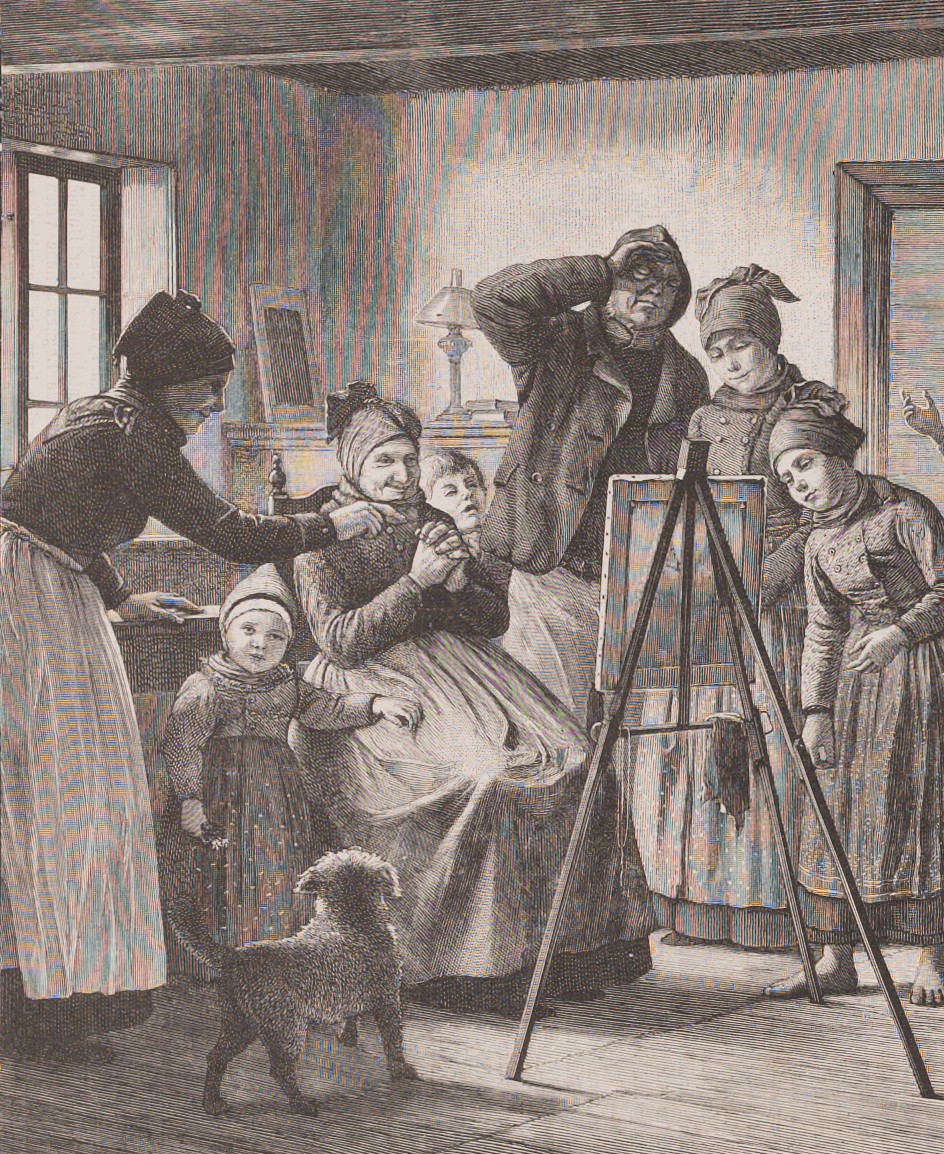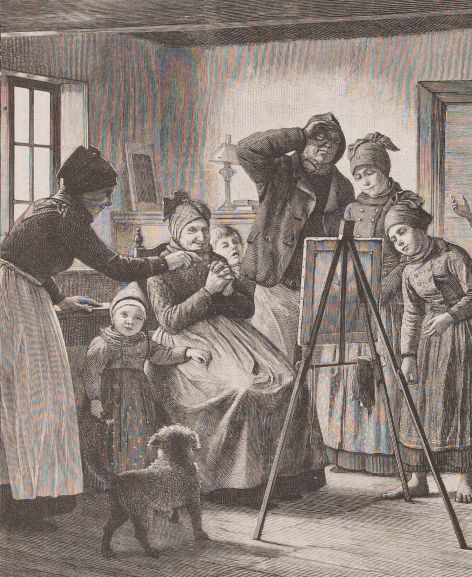No stabilization whatsoever...
The X100VI has 6 EV worth of stabilization. Looking at photonstophotos.net's data, the image quality of the GFX100 II (the same sensor as the GFX100RF) at ISO 12800 is roughly equivalent to the X100VI at ISO 3200 (i.e., 2 EV advantage).
However, because the little brother has stabilization, surely at these very-low-light scenes its IQ would trump the GFX100RF's, assuming everything else is equal.
At least for my usage (handheld, low-light scenes), the choice is clear. Now I just need to find one at any reputable dealer!
 Helpful Posts: 0
Helpful Posts: 0
Results 1 to 9 of 9
Thread: Fujifilm GFX100RF
-
24th March 2025, 02:41 AM #1

- Join Date
- Oct 2015
- Location
- Land of the Rising Sun
- Posts
- 408
- Real Name
- Leo Bhaskara
Fujifilm GFX100RF
-
24th March 2025, 08:35 PM #2
Re: Fujifilm GFX100RF
That 35mm (28mm full frame equivalent lens) really does not need IBIS as most people will be able to handhold and get a sharp image at that focal length, even down to 1/30th second shutter speed (experienced photographer should be able to get good images down to 1/15th second, if they haven't had too many coffees that day).
I read an article that suggests that the no IBIS decision was made by Fuji to minimize the size of the lens. As this camera uses a leaf shutter, that will be better than a large focal plane shutter I have on the GFX100sii for minimizing mechanical vibrations in the camera.
That being said, unless one is a print maker who does large prints (A2 and larger), there is little benefit of a 100MP sensor as 2MP is more than enough for any image posted on the internet.
-
25th March 2025, 12:03 AM #3

- Join Date
- Oct 2015
- Location
- Land of the Rising Sun
- Posts
- 408
- Real Name
- Leo Bhaskara
Re: Fujifilm GFX100RF
At that focal length, stabilization might not be needed, per se. However, surely it is not a bad thing to have one. I assume that's why Leica decided to include stabilization with the Q3.
I've always thought that 1/focal length rule is overly optimistic. A decade ago, with my first camera (Nikon D750) I conducted a simple test with an unstabilized 35 mm lens by taking pictures of a newspaper at its minimum focus distance, and I concluded that I could only be sure that my pictures are consistently sharp if I take pictures at 1/(4 * focal length) second, i.e., 1/140 s or faster with the 35mm lens. With my IBIS-equipped Sony camera, I finally feel that it's okay to take pictures at 1/focal length second.
Yes I assume that Fuji engineers made the decision not to include stabilization to ensure that the overall size of the camera remain compact. I have no qualm about that, and I'm sure the camera will be a very good choice in a lot of shooting scenarios.
I agree that high-megapixel cameras are surely not needed for people who don't print, or print at small sizes like I do. However, I'd like to point out that another benefit of high-resolution cameras is that they reduce aliasing. We can see this in action when comparing the GFX50S and the GFX100S (ref: dpreview.com)

-
26th March 2025, 05:22 PM #4
Re: Fujifilm GFX100RF
At the risk of causing offence, I think that the Leica is not intended for people who want to take better pictures, but for those who want the pleasure of taking pictures with a fine piece of engineering. Much the same marketing strategy as say Bentley cars or Rolex watches. They dont really do anything you cant do with a more modest machine, but they are a pleasure to have (and to pose with...).
This camera from Fuji is targeting the same market. Most pro photographers will want interchangeable lenses so even those seeking the ultimate image quality will have a hard job justifying it.
Good luck to those with the budget, I hope you get much pleasure from owning it, but please dont tell me you REALLY need it.
Cheers David
PS, if I had the budget I'd buy a Bentley.Last edited by Chataignier; 26th March 2025 at 05:28 PM.
-
26th March 2025, 11:36 PM #5
Re: Fujifilm GFX100RF
The Leica Q3 is a full-frame camera, running 14-bit depth colour, so the comparison with the medium format Fujifilm GFX100RF using 16-bit colour depth is not quite the same thing. The sensors of the two cameras do have a very similar (possibly identical) pixel pitch.
That being said, the aliasing improvements are real, but somewhat irrelevant as we do introduce "artifacts" when downsizing to display size. The post-processing resizing algorithms are part of the puzzle. The 16-bit depth is something I did notice going from a 14-bit full frame camera. The colour transitions are noticeably smoother.
-
26th March 2025, 11:45 PM #6
Re: Fujifilm GFX100RF
David - As someone who shot Leicas for decades, your view is a bit of an oversimplification. I have no experience with the digital Leicas, but the film cameras did provide additional value over being purely just mechanically beautiful machines. I have a couple of old Leica R3 cameras and their shutters and mirror damping mechanisms were far superior to the competition, so I could easily handhold about a stop lower than with competing pro cameras. Those little things do get you "better pictures".
I went through a similar thought process when I bought the Fujifilm GFX100s ii versus the Hasselblad X2D 100c. I compared the two cameras and the Hasselblad had better ergonomics and the leaf shutters in the lenses have some definite advantages, but ultimately everything else, including price suggested the 100s ii made more sense to me. That being said, the ultimate deciding factor was that Hasselblad had shut its North American repair division and all repairs required me to ship the camera to Sweden. To me that was ultimately the show stopper.
-
27th March 2025, 09:15 AM #7
-
28th March 2025, 01:35 AM #8

- Join Date
- Oct 2015
- Location
- Land of the Rising Sun
- Posts
- 408
- Real Name
- Leo Bhaskara
Re: Fujifilm GFX100RF
I'm not convinced about the advantage of 16-bit pipeline. I saw the math about it years ago, and I remember that their argument made sense, then. I'm not in a position to be able to explain this to others, though.
And do you think this advantage (smoother color transitions, etc.) still exists at high ISO?
Do false colors disappear when you downsize? I tried it with the dpreview pic above.
100% crop

The above crop downsized by 50%

I still can see the rainbow.
-
28th March 2025, 04:29 AM #9
Re: Fujifilm GFX100RF
I can't really answer your question as I generally try to shot at the lowest possible ISO setting. As most of my work is done in either a studio or using a tripod, I can get away with it. I have done some testing at higher ISO settings and there has to be a drop off in colour bit depth, but I was mostly looking at the digital noise and frankly it is not an issue even at some very high ISO settings, which came as a pleasant surprise to me.
I have spent some time looking at closeups of the woodcuts, from different cameras (using the raw data on DPreview)and some of the colour patterns look like chromatic aberration or interference patterns. There are repeating patterns of green / magenta and yellow /blue.
The effect can be seen elsewhere in the image where there are fine lines close together. This comes from the Hasselblad X1D raw data at 100% magnification.




 Reply With Quote
Reply With Quote
 ... which is about as stupid as it gets as there's nowhere I could drive it at anywhere near its maximum performance, nowhere to put the supermarket shopping, and no trips with all the family, but that wouldn't stop me.
... which is about as stupid as it gets as there's nowhere I could drive it at anywhere near its maximum performance, nowhere to put the supermarket shopping, and no trips with all the family, but that wouldn't stop me.

